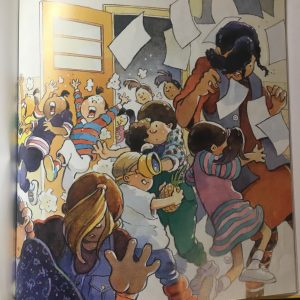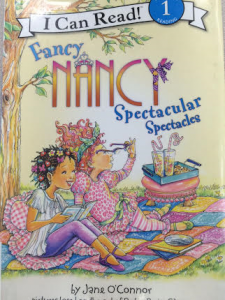
Author: Jane O’Connor
Illustrator: Robin Preiss Glasser and Ted Enik
Publishing Information: Harper Collins, 2010
Number of Pages: 32
Genre: Realistic Fiction
Analysis:
This book introduces readers to Fancy Nancy, and the changes that occur when Nancy’s friend is told that she must wear glasses from now on. At first her friend is less than thrilled, but comes to like her glasses when people react positively to seeing her wear them. The only trouble arises when Nancy becomes a bit jealous and wants a pair of glamorous glasses of her own as well.
The narrative includes a variety of adjectives, such as “spectacular,” “spectacles,” and “glamorous” that may be new for early readers who are more accustomed to general descriptions of things in a story. However, there is a guide in the back of the book that lists each new word, and a definition that can break it down in a way that is easier for children to understand. By doing this, the book teaches children new words in a fun and effective way to enhance their vocabulary.
The illustrations remain unframed throughout the story, and are typically painted in a bright and flamboyant way–I believe this reflects Nancy’s personality perfectly. The only page that was done a bit darker was the one in which the text is describing the jealousy that Nancy feels as she tells her mother that she also wants her won pair of glasses. The illustrations work with the text so that neither could necessarily exist alone in the book.
This book provides children with a mirror that can show them that if they have glasses, there is nothing to be ashamed of. Initially, the friend was worried that the other children would make fun of her, but instead she grows more comfortable with her glasses as people compliment her and she grows more accepting of them. This story also teaches children a bit more about the process of getting glasses, as Nancy’s mother explains that her friend needs them to see and the way it will improve her vision and make things easier for her. In the end, Nancy comes to accept that she should not be jealous that people are flattering her friend after she starts to wear glasses, as there were struggles that the friend had to face up until that point and she deserves to feel accepted and comfortable among her peers.
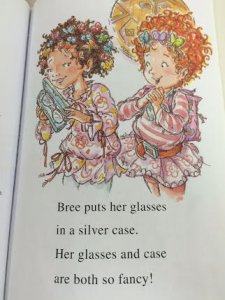

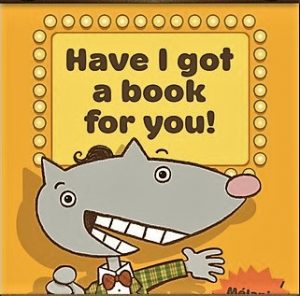
 Salesman Mr. Al Foxword claims that he can sell anyone anything, even the book that is being read. Al isn’t very convincing, but by the end of the book, the reader still feels like they have to buy the book.
Salesman Mr. Al Foxword claims that he can sell anyone anything, even the book that is being read. Al isn’t very convincing, but by the end of the book, the reader still feels like they have to buy the book.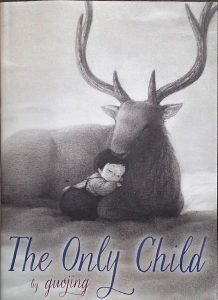
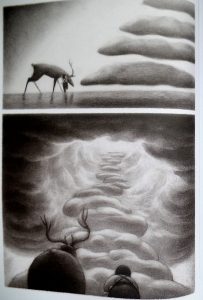 A lonely, only child runs away from home and finds a mysterious stag that takes her to a magical world. In this world, she feels loved and eventually misses home. Guojing takes us through the young girl’s journey back home to her family.
A lonely, only child runs away from home and finds a mysterious stag that takes her to a magical world. In this world, she feels loved and eventually misses home. Guojing takes us through the young girl’s journey back home to her family.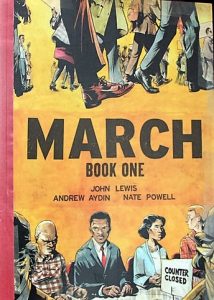
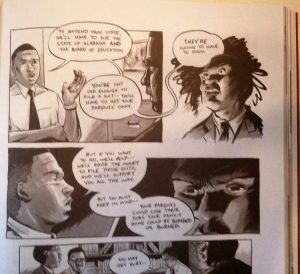 In March: Book One John Lewis tells about the struggle he has gone through and witnessed since the beginning days of segregation. He highlights the highs and lows of the Civil Rights Movement, and how much influence he had in the process.
In March: Book One John Lewis tells about the struggle he has gone through and witnessed since the beginning days of segregation. He highlights the highs and lows of the Civil Rights Movement, and how much influence he had in the process.
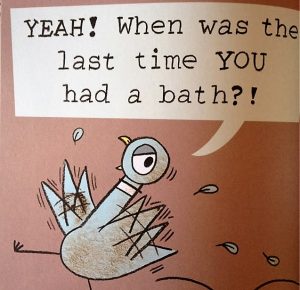 This dirty pigeon uses sarcasm and reverse psychology to get out of taking a bath. When his tactics don’t work and he is forced to take a bath, he realizes that baths aren’t so bad after all.
This dirty pigeon uses sarcasm and reverse psychology to get out of taking a bath. When his tactics don’t work and he is forced to take a bath, he realizes that baths aren’t so bad after all.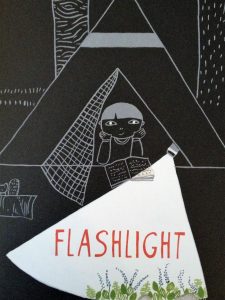
 Flashlight is about a young boy who explores the mysterious world outside of his tent. What other way to experience nature than with a flashlight? Like a flashlight, this book helps us experience the beauties of nighttime nature.
Flashlight is about a young boy who explores the mysterious world outside of his tent. What other way to experience nature than with a flashlight? Like a flashlight, this book helps us experience the beauties of nighttime nature.![IMG_9670 [2578141]](https://blogs.iwu.edu/lrbmt2016/files/2016/05/IMG_9670-2578141-218x300.jpg)
![IMG_9671 [2578142]](https://blogs.iwu.edu/lrbmt2016/files/2016/05/IMG_9671-2578142-188x300.jpg) When an unwanted ghost boy, Leo, is “evicted” from his ghost home, he is forced to live on the streets. It isn’t until he meets a young, believing girl that he finally feels accepted and seen.
When an unwanted ghost boy, Leo, is “evicted” from his ghost home, he is forced to live on the streets. It isn’t until he meets a young, believing girl that he finally feels accepted and seen.![IMG_9673 [2578143]](https://blogs.iwu.edu/lrbmt2016/files/2016/05/IMG_9673-2578143-197x300.jpg)
![IMG_9675 [2578144]](https://blogs.iwu.edu/lrbmt2016/files/2016/05/IMG_9675-2578144-197x300.jpg) A rabbit is skeptical about what his new otter neighbors will be like. He is told to treat them as he would want them to treat him. After realizing how he’d like to be treated, he sees that maybe his new neighbors won’t be so bad after all.
A rabbit is skeptical about what his new otter neighbors will be like. He is told to treat them as he would want them to treat him. After realizing how he’d like to be treated, he sees that maybe his new neighbors won’t be so bad after all.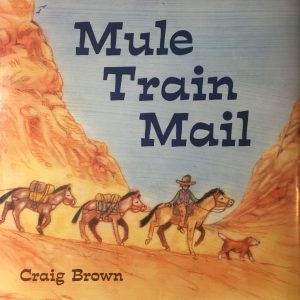
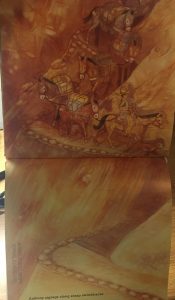 The images, created by the author, begin with a map tracking the map the mule train follows. As Anthony starts his descent to the Supai village, the images turn long-wise, emphasizing the downward descent of the mountain. The images display the different types of weather that the mules face such as snow and ice or very hot. The illustrations accurately depict the terrain in the Grand Canyon. As they reach the bottom of the mountain, the images turn back to horizontal. The double spread page allows the reader to engage themselves in the journey alongside Anthony. The book is told in a narrative manner, as if the author is retelling the story of his journey to a friend. Since this book tells a true story, it introduces children to a different culture. Students who read this book will be introduced to a different type of public service. In addition, it raises awareness about a culture that does not receive a lot of recognition. This book can also be used to show the dedication and determination that Anthony has for his job. The mail gets carried through very dangerous weather that could harm both Anthony and the mules.
The images, created by the author, begin with a map tracking the map the mule train follows. As Anthony starts his descent to the Supai village, the images turn long-wise, emphasizing the downward descent of the mountain. The images display the different types of weather that the mules face such as snow and ice or very hot. The illustrations accurately depict the terrain in the Grand Canyon. As they reach the bottom of the mountain, the images turn back to horizontal. The double spread page allows the reader to engage themselves in the journey alongside Anthony. The book is told in a narrative manner, as if the author is retelling the story of his journey to a friend. Since this book tells a true story, it introduces children to a different culture. Students who read this book will be introduced to a different type of public service. In addition, it raises awareness about a culture that does not receive a lot of recognition. This book can also be used to show the dedication and determination that Anthony has for his job. The mail gets carried through very dangerous weather that could harm both Anthony and the mules.
